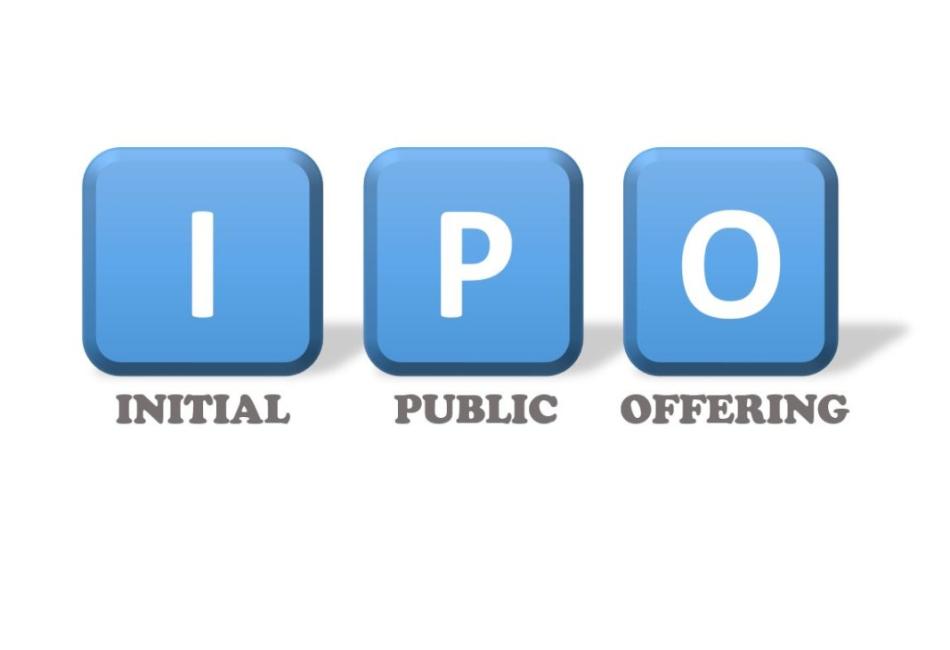Fintech IPO: Unlocking Growth and Opportunities in the Financial Technology Sector
The financial technology (fintech) sector has witnessed explosive growth over the past decade, fundamentally transforming how consumers and businesses access financial services. From digital payments and neobanks to robo-advisors and blockchain platforms, fintech companies are disrupting traditional financial systems. One of the key milestones for many fintech companies is going public through an Initial Public Offering (IPO). This article explores the world of fintech IPOs, their significance, challenges, benefits, and what they mean for investors and the future of the financial industry.
What is a Fintech IPO?
An Initial Public Offering (IPO) is the process through which a private company offers its shares to the public for the first time, allowing it to be listed on a stock exchange. A fintech IPO specifically refers to when a financial technology company goes public.
By going public, fintech companies aim to:
-
Raise capital for expansion
-
Increase visibility and credibility
-
Provide liquidity for early investors and employees
-
Strengthen their balance sheets for long-term growth
In recent years, fintech IPOs have attracted significant attention from institutional and retail investors who are eager to capitalize on the sector’s rapid growth and innovation.

Why Fintech Companies Choose to Go Public
Several reasons drive fintech companies to pursue IPOs:
1. Capital for Growth
Fintech companies often require large amounts of capital to scale their operations, develop new products, expand internationally, and acquire complementary businesses. IPOs provide access to deep capital markets that private funding rounds may not match.
2. Brand Visibility
A public listing enhances a company’s visibility and brand reputation, making it more attractive to potential customers, partners, and top talent.
3. Liquidity for Investors
Early venture capital investors, private equity firms, and company insiders often look for an exit opportunity. An IPO provides a liquid market for these investors to sell their shares.
4. Mergers and Acquisitions (M&A) Currency
Publicly traded shares can serve as valuable currency for future M&A deals, allowing companies to make strategic acquisitions without depleting cash reserves.
5. Market Validation
An IPO signals to the market that the company has reached a certain level of maturity and stability, which can attract additional business opportunities.
Notable Fintech IPOs in Recent Years
The fintech sector has seen several high-profile IPOs in recent years, reflecting strong investor interest. Here are a few examples:
1. Robinhood (2021)
Robinhood, the commission-free trading app, went public in 2021, raising nearly $2 billion. Its IPO symbolized the rise of retail trading platforms and the democratization of investing.
2. Coinbase (2021)
Coinbase, a leading cryptocurrency exchange, went public via a direct listing, achieving a valuation of over $85 billion at its debut. The IPO highlighted the growing mainstream acceptance of digital assets.
3. Affirm (2021)
Affirm, a leader in “buy now, pay later” services, raised $1.2 billion through its IPO. Its listing demonstrated the growth of alternative lending platforms in modern consumer finance.
4. Wise (2021)
Wise (formerly TransferWise), known for its low-cost international money transfers, went public through a direct listing on the London Stock Exchange, signaling investor confidence in cross-border payment solutions.
These successful IPOs not only brought capital to the companies but also signaled that fintech had firmly entered mainstream finance.
Advantages of Fintech IPOs
Going public offers several advantages for fintech companies, their investors, and customers:
1. Access to Massive Capital Pools
Public markets offer companies a much larger pool of capital than private funding rounds, enabling them to fund ambitious growth plans.
2. Increased Credibility
A public listing provides credibility and transparency, often making regulators, partners, and consumers more comfortable engaging with the company.
3. Global Expansion
With increased capital, many fintech companies can expand into new geographies, tapping into emerging markets with growing demand for financial services.
4. Employee Incentives
Stock options become more valuable in a public company, allowing companies to attract and retain top talent.
5. Enhanced Partnerships
Public companies may find it easier to establish partnerships with large financial institutions, regulators, and governments who prefer dealing with publicly accountable organizations.
Risks and Challenges of Fintech IPOs
While IPOs can be transformative, they come with several risks and challenges:
1. Increased Regulatory Scrutiny
Publicly traded fintech companies face heightened scrutiny from financial regulators, which may involve stricter compliance and reporting requirements.
2. Market Volatility
Public markets are highly sensitive to macroeconomic trends, interest rates, political events, and investor sentiment. Stock prices may experience significant volatility.
3. Pressure to Deliver Short-Term Results
Public companies face quarterly reporting requirements, which may create pressure to meet short-term earnings expectations rather than focus on long-term strategy.
4. High Costs of Going Public
The IPO process involves significant legal, accounting, underwriting, and administrative costs, which can strain company resources.
5. Loss of Control
Founders and early investors may experience dilution and less control over the company’s direction as public shareholders gain influence.
Alternative Paths to Public Markets
While traditional IPOs are the most common route, some fintech companies have pursued alternative methods to access public markets:
1. Direct Listings
In a direct listing, companies sell existing shares directly to the public without raising new capital or involving underwriters. This approach can be less costly but offers limited price stability at launch.
2. SPAC Mergers
Special Purpose Acquisition Companies (SPACs) have become a popular route for fintech companies to go public quickly. A SPAC merges with a private fintech company, allowing it to list without the traditional IPO process.
The Investor Perspective: Should You Invest in Fintech IPOs?
For investors, fintech IPOs offer both exciting opportunities and significant risks:
Opportunities:
-
Exposure to high-growth companies
-
Participation in the disruption of traditional finance
-
Potential for significant long-term returns
Risks:
-
High valuations at IPO
-
Market volatility
-
Regulatory headwinds
-
Competition from both legacy banks and new startups
Investors should conduct thorough due diligence, carefully evaluating each fintech company’s business model, competitive position, management team, and financial performance before investing in an IPO.
The Future of Fintech IPOs
The fintech sector is expected to continue producing IPO candidates for several reasons:
-
Global digitalization of financial services
-
Rising adoption of mobile banking and payments
-
Increased demand for decentralized finance (DeFi) and blockchain solutions
-
Continued venture capital investment fueling growth
Emerging regions like Southeast Asia, Africa, and Latin America are witnessing fintech booms, providing fertile ground for the next generation of IPOs.
However, regulators worldwide are also paying closer attention to fintech companies, especially in areas like consumer protection, data privacy, and systemic risk. Fintech companies that navigate these challenges responsibly will be best positioned for successful IPOs in the future.

Conclusion
Fintech IPOs represent a significant milestone for companies disrupting traditional finance. While going public brings fresh capital, credibility, and growth opportunities, it also introduces new challenges related to regulation, market scrutiny, and governance.
For businesses, an IPO can serve as a springboard to global leadership. For investors, fintech IPOs offer exposure to one of the most dynamic and innovative sectors of the modern economy — but require careful evaluation due to the inherent risks.
As financial services continue to evolve, fintech IPOs will remain at the center of how innovation meets capital markets, reshaping how we think about money, investing, and financial inclusion in the 21st century.
FAQ: Fintech IPO – Unlocking Growth and Opportunities
Q1: What is a fintech IPO?
A fintech IPO is when a financial technology company offers its shares to the public for the first time through an initial public offering, allowing public investment and stock market trading.
Q2: Why do fintech companies go public?
Fintech companies go public to raise capital for growth, increase brand visibility, provide liquidity for early investors, and gain credibility in the market.
Q3: What are the benefits of fintech IPOs?
Benefits include access to large capital pools, improved brand reputation, employee stock incentives, enhanced partnership opportunities, and global expansion.
Q4: What risks are involved in fintech IPOs?
Risks include market volatility, regulatory challenges, short-term performance pressure, high IPO costs, and potential loss of control for founders.
Q5: How can investors evaluate fintech IPOs?
Investors should analyze the company’s business model, competitive position, management team, financial health, and regulatory environment before investing.







